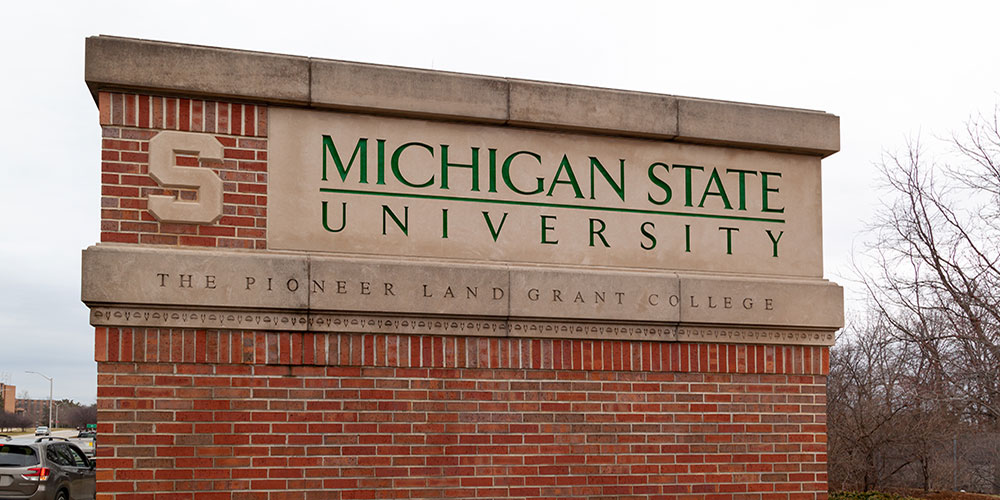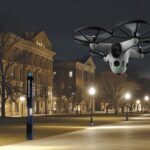EAST LANSING, Mich. — More than two years have passed since the tragic mass shooting at Michigan State University (MSU), where a gunman killed three students and injured five others. Since the February 13, 2023 mass shooting, MSU has implemented significant security measures aimed at enhancing campus safety and preventing future violence.
Related Article: MSU Reaches $15 Million Settlement with Families of 3 Students Slain in February Shooting
MSU has adopted 78 recommendations outlined in an after-action review assessing the response from the university and law enforcement. According to MSU’s Department of Police and Public Safety (DPPS), 52 of the recommendations have been completed, 27 are ongoing or in process, and one remains incomplete.
Key Security Upgrades at MSU
The university has made sweeping updates to classroom security, including installing:
- Thumb locks in 520 classrooms,
- Electronic locks in 150 classrooms, and
- Lockdown buttons in 56 classrooms.
Additionally, approximately 5,600 students have participated in active shooter or violence response training — a modest number but a marked improvement from pre-2023 levels, reports Bridge Michigan. The university continues to encourage students and employees to take this training.
MSU Opens New Security Operations Center
MSU now operates a state-of-the-art Security Operations Center that monitors roughly 2,000 campus cameras in real-time. The center features large screens displaying live security footage and is staffed 24/7 by 12 full-time staff members and a supervisor. Key capabilities include:
- Access logs that update whenever someone swipes their ID card into a building,
- The ability to trigger campus-wide emergency alerts, and
- The use of artificial intelligence (AI) to analyze footage and identify specific items.
Notably, on the night of the 2023 mass shooting, MSU couldn’t monitor feeds from its security cameras in real-time. The new center ensures faster access to video streams and provides the ability to remotely lock down doors across campus. Security officials are still working to integrate all campus buildings into a unified remote lockdown system.
DPPS has invested nearly $4 million in bolstering campus security, which includes:
- The new Security Operations Center,
- Advanced security software,
- Additional sirens, safety phones, and surveillance cameras.
Building Access Restricted, Emergency Notification Enhanced
Campus buildings now require students and faculty to use their university ID cards for entry during evenings and weekends. Before the 2023 shooting, buildings were accessible until 11 p.m. without ID checks.
This measure complements the establishment of outdoor speakers, previously used for tornado alerts, that can now broadcast emergency messages. Two additional sirens have also been installed north of the Red Cedar River.
MSU has addressed the delays in emergency notifications that occurred during the shooting. Initially, a sergeant attempted to order a campus lockdown alert two minutes after the gunman started shooting, but the notification wasn’t sent until 10 minutes later. To ensure swift communication:
- MSU has automatically registered the cell phone numbers of 51,000 students and 7,000 employees for emergency alerts.
- Outdoor speakers and sirens are now equipped to deliver audio emergency announcements.
MSU has also adopted facial recognition technology to assist in investigations. Captured footage of individuals can be shared with the State of Michigan, where state databases are used to identify potential leads.
Related Article: Michigan State to Install AI Video Surveillance System to Detect Threats
All video surveillance footage is automatically deleted after 30 days to safeguard privacy.
Last year, walk-through metal detectors were deployed at Spartan Stadium, Munn Ice Arena, and the MSU Tennis Center starting last year. These measures enhance spectator safety at large events.













